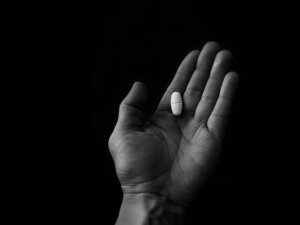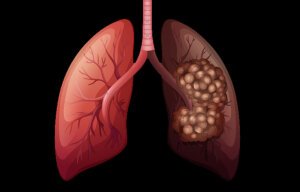The first noticeable symptom of breast cancer is typically a lump that feels different from the rest of the breast tissue. More than 80% of breast cancer cases are discovered when the woman feels a lump.
Indications of breast cancer other than a lump may include thickening different from the other breast tissue, one breast becoming larger or lower, a nipple changing position or shape or becoming inverted, skin puckering or dimpling, a rash on or around a nipple, discharge from nipple/s, constant pain in part of the breast or armpit, and swelling beneath the armpit or around the collarbone
There is a relationship between diet and breast cancer, including an increased risk with a high fat diet, alcohol intake, and obesity. Dietary iodine deficiency may also play a role
Smoking tobacco appears to increase the risk of breast cancer, with the greater the amount smoked and the earlier in life that smoking began, the higher the risk. In those who are long-term smokers, the risk is increased 35% to 50%.
A lack of physical activity has also been linked to approximately 10% of cases
Screening for early detection of breast cancer: Mammograms are recommended yearly from age 50 and earlier if you have a family history of breast cancer in first line relatives (that is mother, sisters). It should be continued for as long as the woman is in good health. Clinical breasts exams (CBE) that is getting your breasts examined by a doctor should be done every 3 years for women in their 20s and 30s and every year for women in their 40s and over.
All women are encouraged to know how their breasts normally, look and feel and should report immediately any changes are noticed to their healthcare provider. Some women have a genetic tendency to developing breast cancer. Talk with your doctor if you have a family history of breast cancer and whether you should have additional screening tests at an earlier age.










